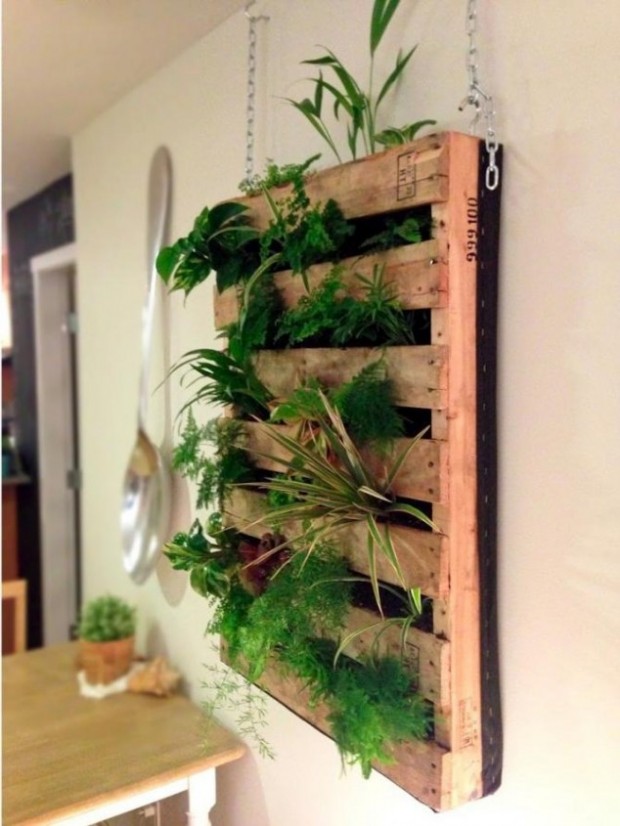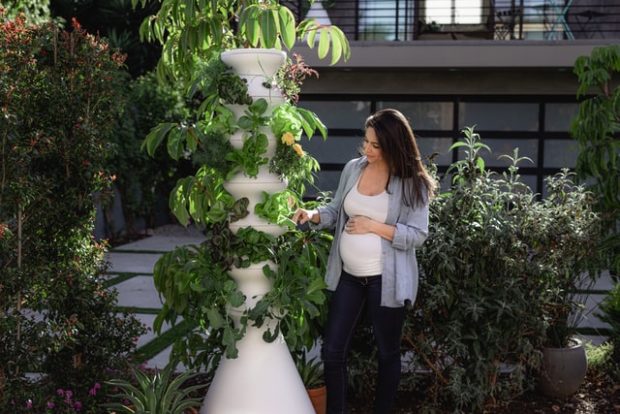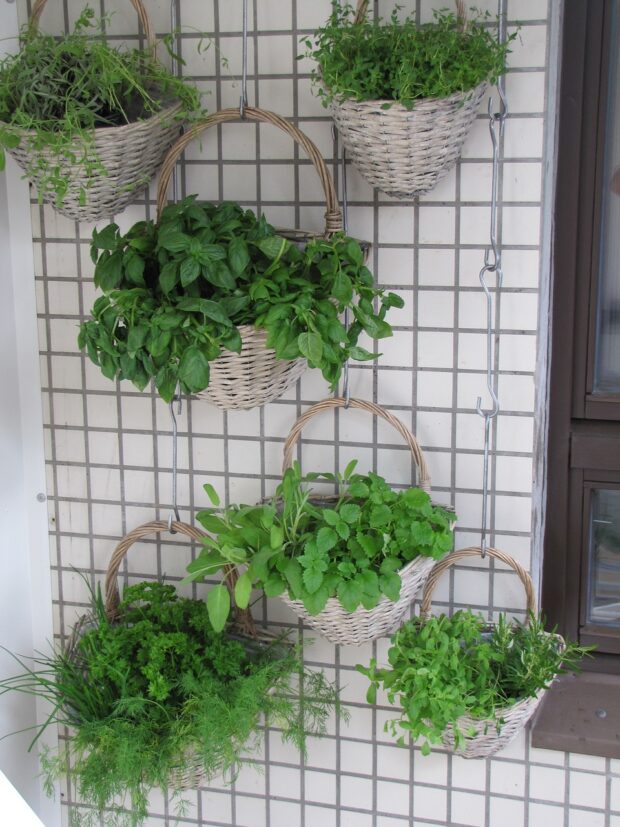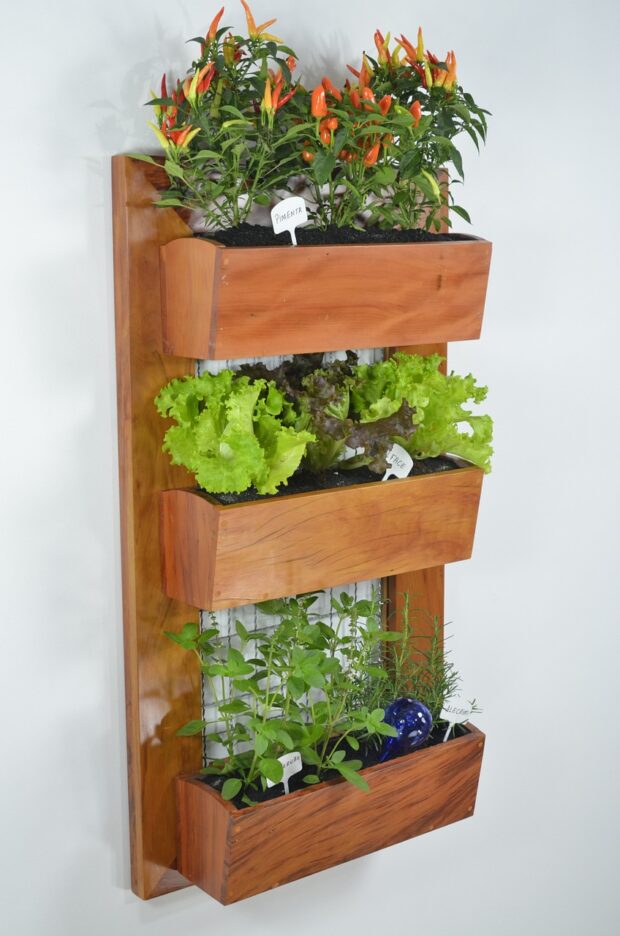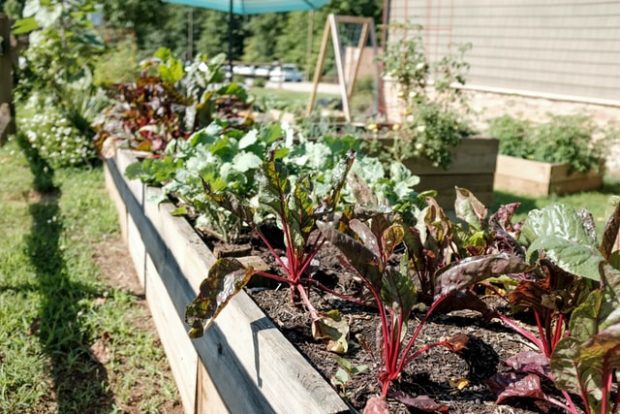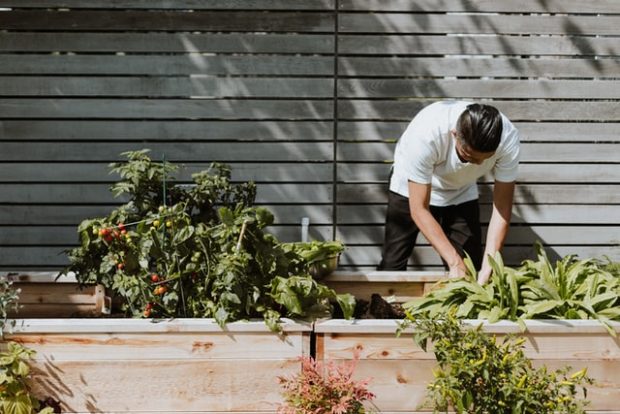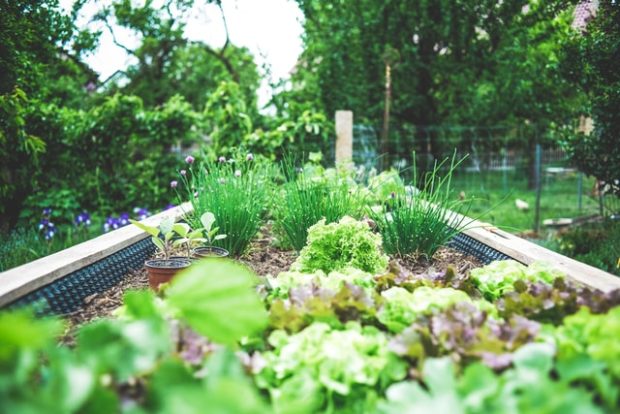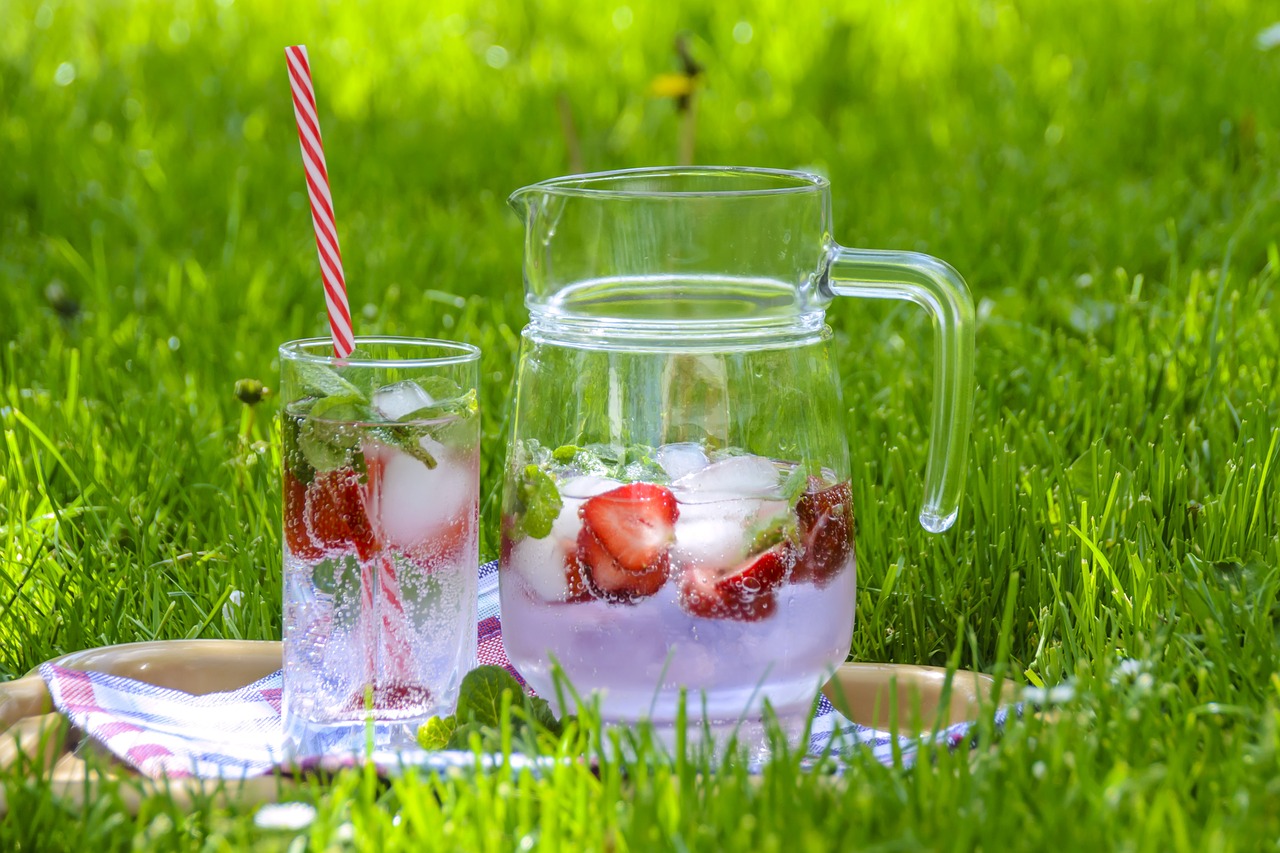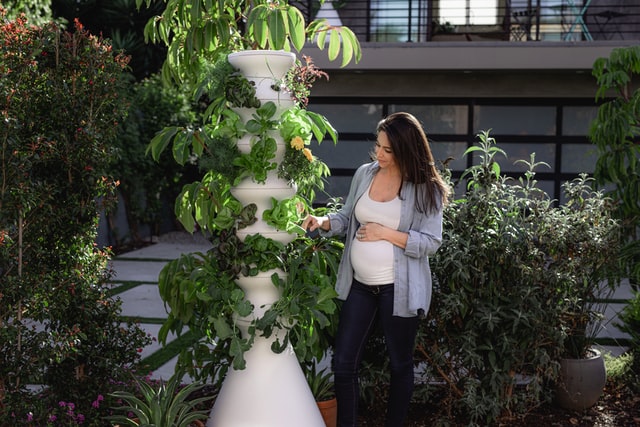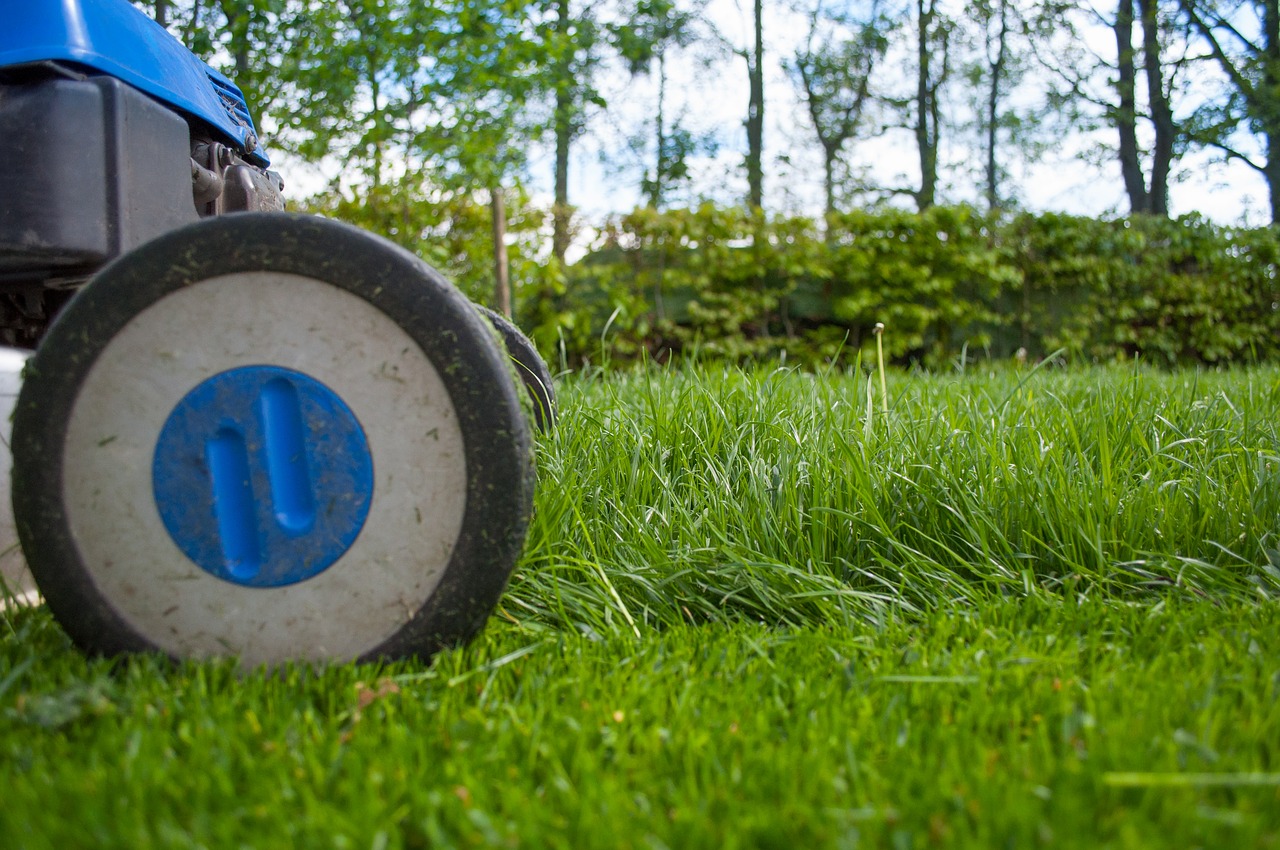Gardening is a beloved pastime that allows us to connect with nature and create beautiful, green spaces. But when it comes to gardening, one of the key decisions you need to make is whether to go vertical or horizontal. In this article, we’ll explore the fascinating world of vertical gardening and horizontal gardening and help you decide which one suits your preferences and space to start your gardening experience.
What Is Vertical Gardening?
Vertical gardening is a unique approach to growing plants that involves using vertical space instead of traditional horizontal ground beds. Think of it as a living wall or a garden that climbs upwards. In a vertical garden, plants are strategically arranged in stacked containers, hanging pots, or wall-mounted structures. The concept is simple yet ingenious – it allows you to maximize your growing space, making it ideal for urban dwellers with limited ground space. There are various subsets and techniques within vertical gardening that you can explore:
- Green Walls or Living Walls: Green walls are vertical gardens where plants are grown on the surface of a wall or structure, often using a specialized framework with pockets or containers. These are often used for aesthetic purposes and can be both indoors and outdoors.
- Vertical Planter Pockets: These are pocket-like containers that are attached to a wall, allowing you to plant individual herbs, flowers, or small vegetables. They come in various sizes and materials, such as felt or fabric.
- Trellises and Arbors: These are structures that provide support for climbing plants like vines, roses, and beans. Trellises can be attached to walls or freestanding, while arbors are typically freestanding arches covered in climbing plants.
- Hanging Gardens: Hanging gardens involve suspending plants from the ceiling or another overhead structure. This can be done with a variety of containers, such as baskets, pots, or macrame hangers.
- Gutter Gardens: Gutter gardening involves using rain gutters as plant containers. They can be mounted horizontally or vertically, making them a great choice for herbs or small plants.
- Stacked Planters: Stacked planters are a tiered arrangement of pots or containers, allowing you to grow multiple plants in a small vertical space. These are often used for flowers and herbs.
- Pallet Gardens: Wooden pallets can be repurposed to create vertical garden structures. Plants can be placed in the gaps between the boards, and the pallet can be leaned against a wall or mounted.
- Hydroponic Vertical Gardening: Hydroponic systems can be adapted for vertical gardening, where plants are grown in a soilless medium and receive nutrients through water and nutrient solutions. This is efficient for indoor gardening and is often used for growing herbs and greens.
- Aeroponic Vertical Gardening: Similar to hydroponics, aeroponics is a system where plants are grown in an air or mist environment without soil. Vertical aeroponic towers are becoming popular for growing a variety of crops.
- Indoor Vertical Gardens: Don’t forget that vertical gardening can also thrive indoors with the right lighting and irrigation systems. Decorative foliage and edible herbs can flourish in your indoor vertical garden, and when paired with outdoor neon lights, your space will exude a lively, cozy atmosphere.
Advantages of Vertical Gardening
- Space Efficiency: Vertical gardening is a game-changer for those with limited space. You can transform a small balcony or even a blank wall into a lush green oasis.
- Aesthetically Pleasing: Vertical gardens are visually stunning and add a touch of natural beauty to your surroundings. They can serve as living artworks.
- Better Air Quality: These gardens can improve air quality and provide a refreshing atmosphere.
- Easy Maintenance: Maintaining a vertical garden is relatively easy, with less bending and kneeling required.
Disadvantages of Vertical Gardening
- Limited Plant Choices: Some plants may not thrive in a vertical garden due to the limited root space.
- Regular Watering: Vertical gardens can dry out quickly, necessitating more frequent watering.
- Initial Setup: Setting up a vertical garden can be more expensive and time-consuming than traditional gardening.
What Is Horizontal Gardening?
Horizontal gardening, on the other hand, is what most people envision when they think of a garden layout. It involves planting directly in the ground, either in rows or mixed beds. The plants grow horizontally across the soil. This method is traditional and widely practiced, especially in suburban and rural areas. There are various subdivisions and methods within horizontal gardening that you can delve into:
- Row Gardening: In this method, plants are arranged in straight rows, making it easy to manage and harvest crops.
- Mixed Bed Gardening: Mixed beds consist of various plant types, often intermingled for both aesthetic and practical purposes.
- Square Foot Gardening: This approach divides the garden into square-foot sections, optimizing space and simplifying planting and maintenance.
- Raised Bed Gardening: Plants are grown in elevated beds, offering better soil control and drainage.
- Container Gardening: Ideal for limited spaces, this involves growing plants in containers or pots placed horizontally, such as on patios or balconies.
Advantages of Horizontal Gardening
- Versatility: You can grow a wide variety of plants in horizontal gardens, from vegetables to flowers and shrubs.
- Lower Setup Costs: Traditional gardening is often more affordable to set up.
- Established Techniques: There’s a wealth of knowledge available for horizontal gardening, making it accessible to beginners.
Disadvantages of Horizontal Gardening
- Space Requirements: Traditional gardens require more land, which might not be suitable for those with limited outdoor space.
- Maintenance Challenges: Bending and kneeling can be physically demanding, especially for those with mobility issues.
- Pest Vulnerability: Plants in the ground are more susceptible to pests and diseases.
In the world of gardening, the choice between vertical and horizontal gardening is not a matter of one being better than the other. It’s about finding what suits your lifestyle, space, and preferences. Both methods have their advantages and disadvantages, and it’s essential to weigh them carefully before making your decision.

